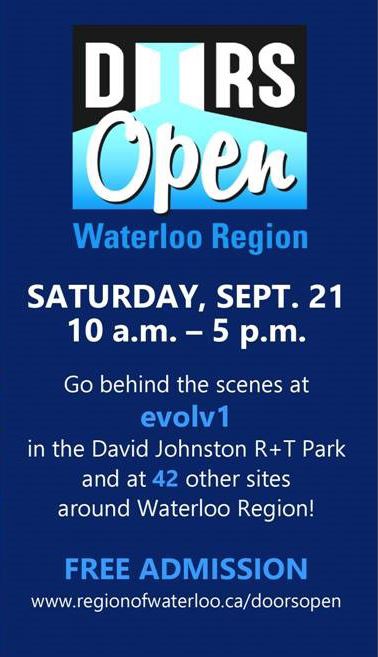Waterloo Park

The town of Waterloo was barely larger than a village in 1890 when a far-sighted public approved city council’s bid to purchase the 65-acre Eby farm on a small lake in the northwestern part of Waterloo.
With the later purchase of land to the west, Waterloo Park, originally called West Side Park, became the 111-acre focus of the population’s recreational activity.
Not surprisingly, the “jewel of Waterloo” has enjoyed the favour of residents from all parts of the city for over a century. However, continued preservation of the park for public use has not occurred without challenge. Toward the end of the last century, the public, and in particular residents in the central residential district near the park, have been a strong guiding force behind the preservation and proper maintenance of the park for future generations.

A muddy spring in Waterloo Park, 1974; Photograph courtesy of John and Cynthia McMenemy
In 1973, downtown (later designated UpTown) residents in Waterloo mobilized opposition to the sale of almost two acres of Waterloo Park to the University of Waterloo for an arena. The residents were opposed on principle to the sale of any portion of the historic centralcity parkland, a significant and finite public asset, especially as the university owned considerable undeveloped land on its “north campus” along Columbia Street. The issue generated debate as well within the university community, and eventually the idea was abandoned.
In 1988, residents immediately adjacent to Waterloo Park in the MacGregor-Albert neighbourhood again rallied together to oppose the designation of parkland at the Central Street park entrance for a fenced and illuminated parking lot for exclusive 24 hour, 8-month use by Wilfrid Laurier University.
When the proposal was made public by the university as a “done deal,” residents had little time to gather information and organize a multi-media presentation to Council that included several speakers. The account in The Chronicle described the presentation as “beyond professionalism … neatly organized and impeccably illustrated.” One resident told Council of an exchange between him and his young son when they first visited Waterloo Park. “Whose backyard is this?” his son had asked. “It’s everyone’s backyard,” his father replied.
The proposal did not go forward, but that did not end the MacGregor-Albert residents’ concern about Waterloo Park’s future. In their presentation to Council, they noted that the park was two years from its centennial. At the time, the condition of Waterloo Park was noticeably poor on several counts. The residents encouraged adoption of a consultant’s recent recommendation of “a priority program” for the upgrading and renovation of the park. Four months later, Council hired a planning firm “to undertake a planning and design study of Waterloo’s most significant open space, Waterloo Park.” The study was completed in 1989 (“Waterloo Park Master Plan: blueprint for the Second Century.” Marshall Macklin Monaghan, May 1989).
MacGregor-Albert residents supported the underlying principle of the study that “the natural and historic character of the park must be maintained and only include activities which can be realistically supported by the environment and which are appropriate to Waterloo Park’s setting.” (A Waterloo Park Master Plan, 5-3).
The city established an ongoing implementation team to oversee improvements to the park. Area residents have served on the committee, and improvements continue to be made.
Following requests from residents, and following procedures established by provincial policy, Council in 2006 designated the MacGregor-Albert neighbourhood as the city’s first residential Heritage Conservation District. Together, the neighbourhood and a revitalized Waterloo Park comprise an important part of Waterloo’s architectural and natural heritage.
by John and Cynthia McMenemy
Residents of the MacGregor-Albert neighbourhood since 1970



